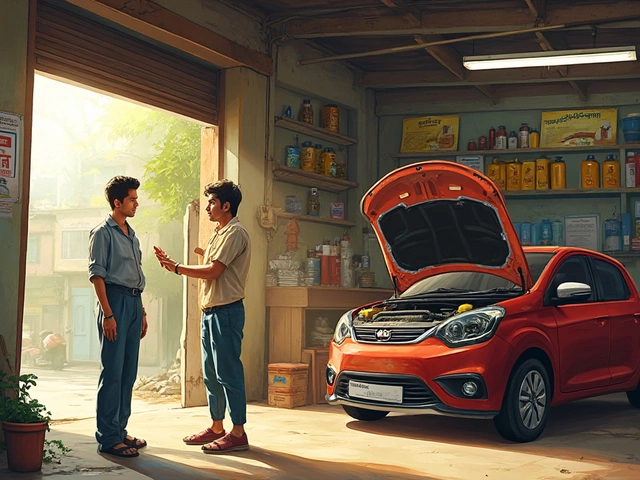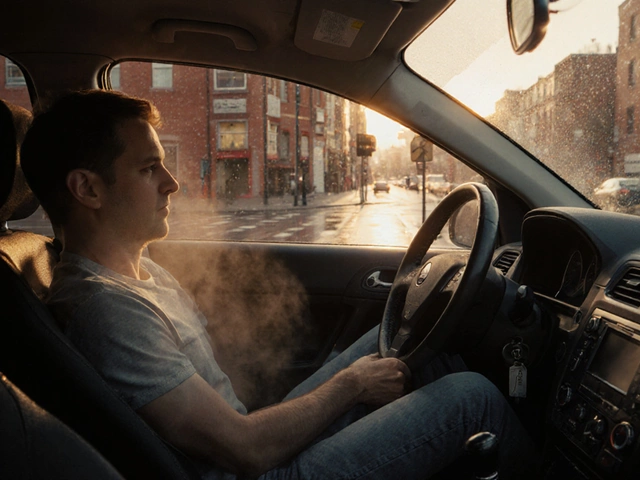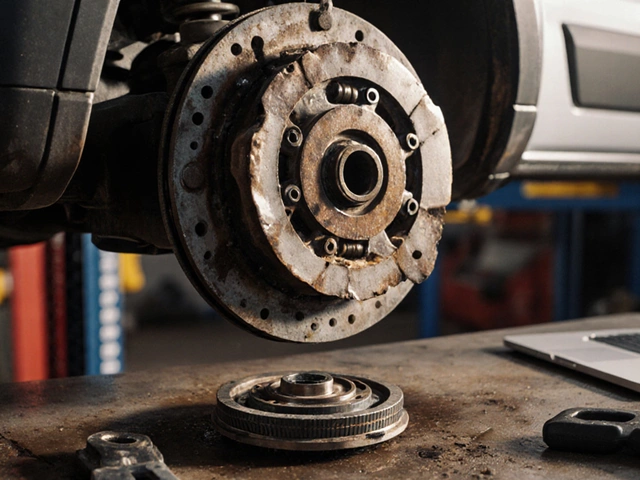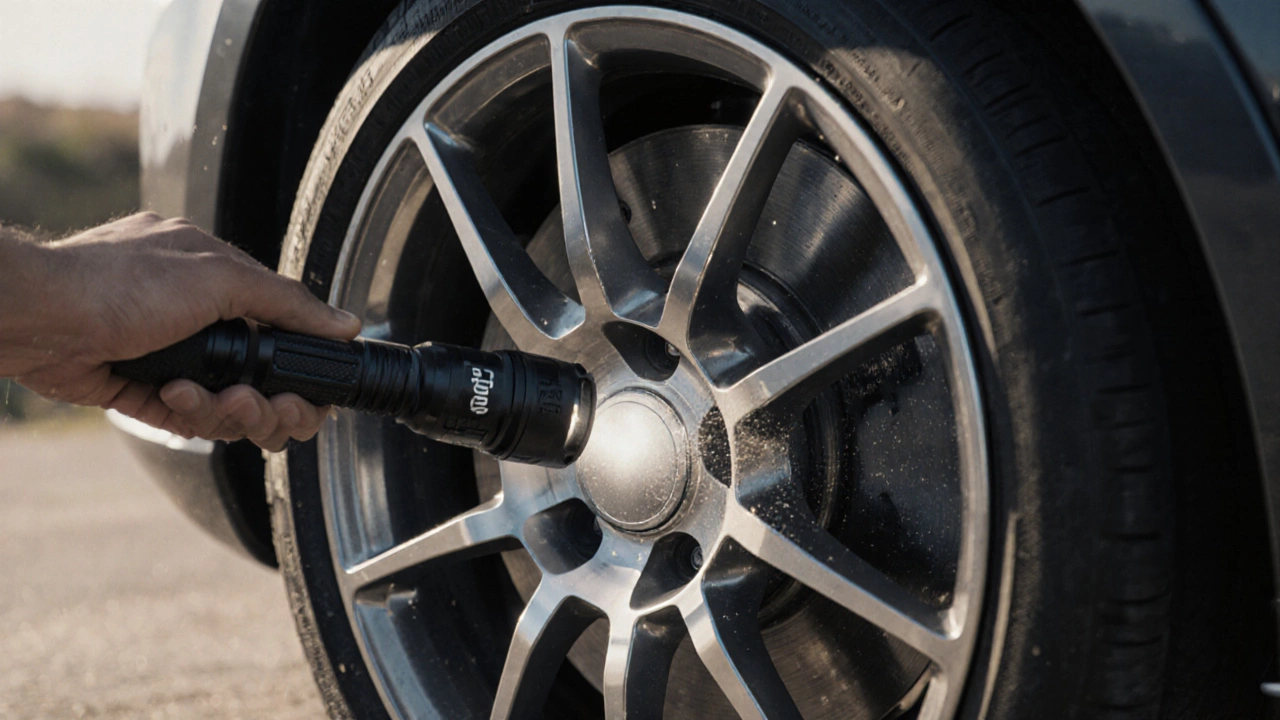
Brake Inspection: What You Need to Know Before It's Too Late
When you hear a squeal or feel your car pull to one side, it's not just noise—it's your brake inspection, a critical safety check that evaluates the condition of your vehicle's stopping system. Also known as brake system evaluation, it's the moment you find out if your brakes are still doing their job—or if they're one bad stop away from failure. Most people wait until the warning light flashes or the pedal goes to the floor. By then, it's too late. A proper brake inspection looks at more than just the pads. It checks the rotors, calipers, lines, fluid, and even the handbrake. Ignoring it doesn't save money—it just moves the cost to your safety.
Your brake pads, the friction material that presses against the rotor to slow the car wear down over time. Steel-on-steel contact isn't just loud—it's dangerous. A typical set lasts 30,000 to 70,000 miles, but if you drive in heavy traffic or haul heavy loads, they can go faster. Then there's the brake fluid, a hydraulic liquid that transfers force from your pedal to the brakes. It doesn't last forever. Moisture builds up over time, lowering its boiling point. When that happens, your brakes can fade under pressure, especially on long descents. And if the fluid is dirty or low, air can creep into the lines, making the pedal feel spongy. These aren't guesswork issues—they're measurable problems a technician finds during a brake inspection.
What about the brake system, the full network of components that work together to stop your vehicle? It includes hoses that crack, calipers that stick, sensors that fail, and rotors that warp from heat. A visual inspection alone won't catch everything. A good shop uses thickness gauges, pressure testers, and even infrared thermometers to spot uneven wear or overheating. If your car has ABS, they'll scan for error codes too. This isn't a luxury—it's how you avoid becoming a statistic.
Some drivers think they can wait until something breaks. But brake failure doesn't give you a warning—it gives you a crash. That’s why regular brake inspections aren't optional. They're the cheapest insurance you'll ever buy. Below, you'll find real-world guides on brake pad costs, signs of wear, fluid changes, and what happens when you ignore the warning signs. No fluff. No upsells. Just what you need to know to stay safe on the road.
-
28 Oct

-
13 May
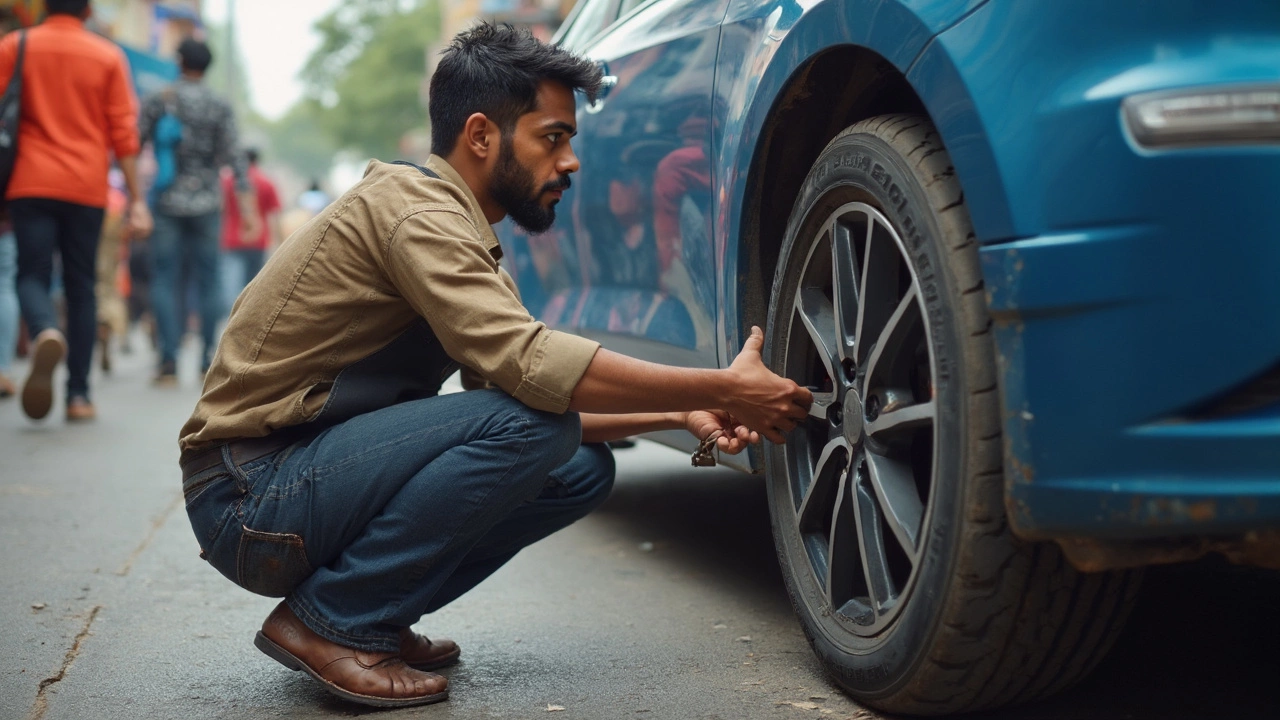
Front or Back Brake Pads: How to Tell the Difference Fast
Ever wondered if it’s your front or back brake pads that are wearing out? This article breaks down the dead giveaways, explains why it matters, and shows you what to check for. Learn which axle handles more braking force and see what signs point to the front or back pads. With a few simple checks, you’ll be able to spot the culprit without making common mistakes. Plus, find practical tips to stay ahead of maintenance costs and keep your car safe.


